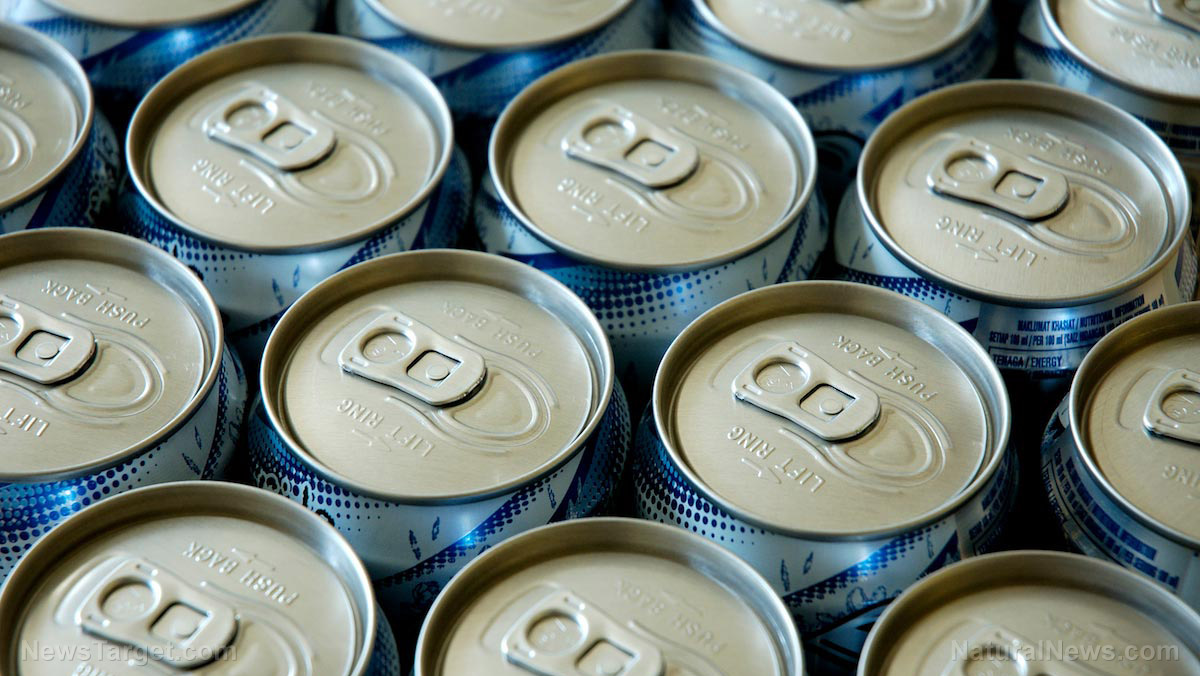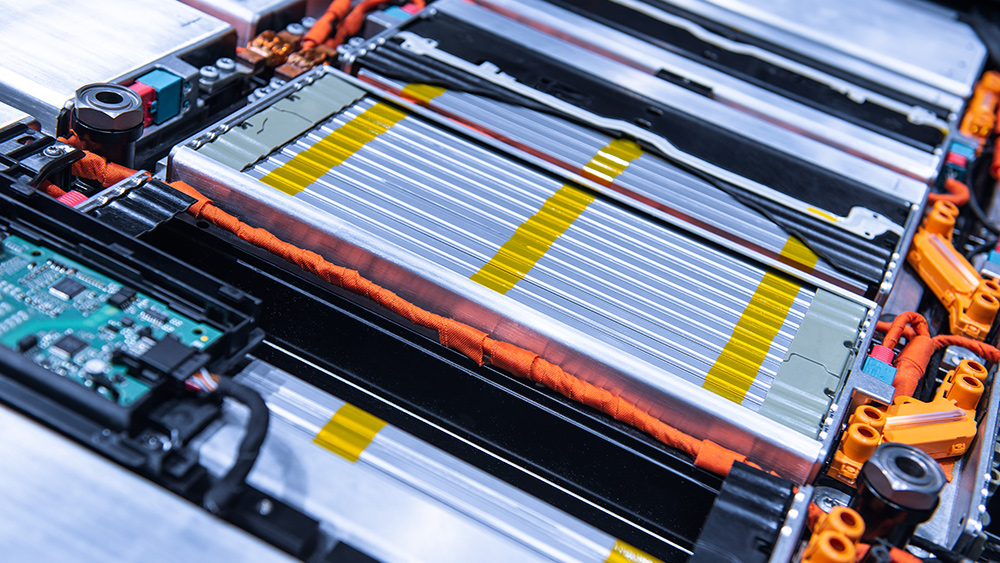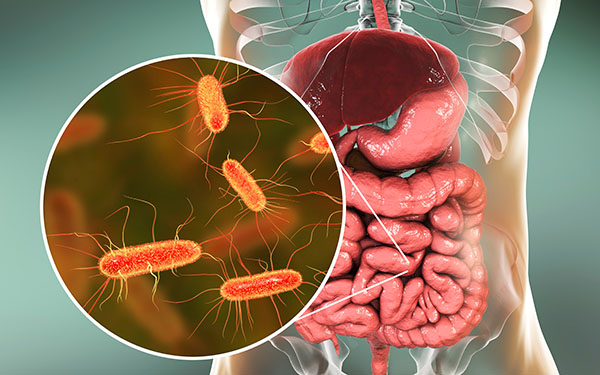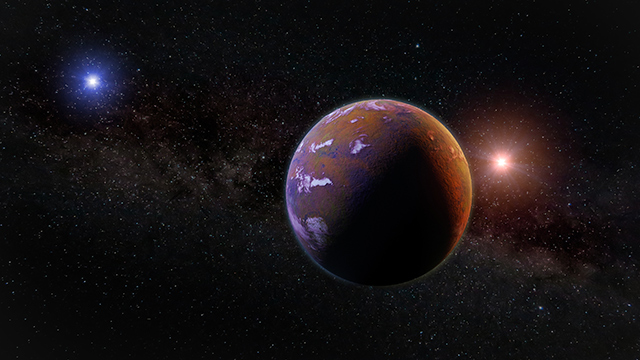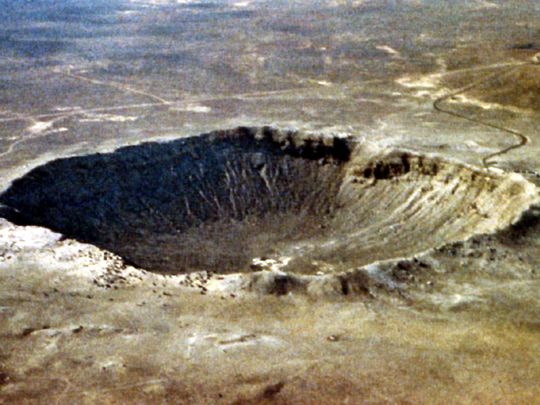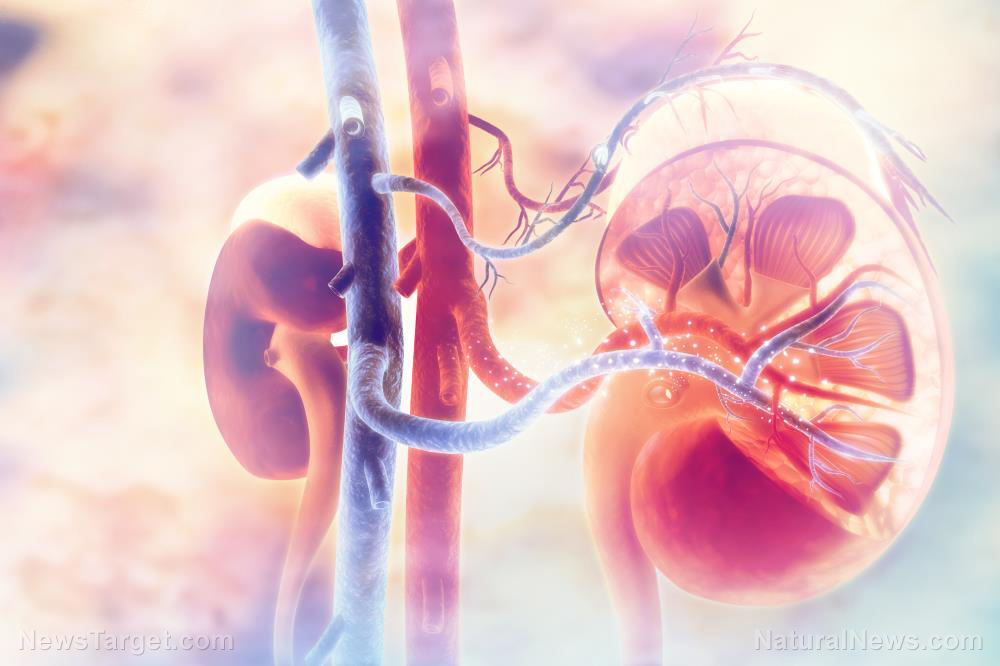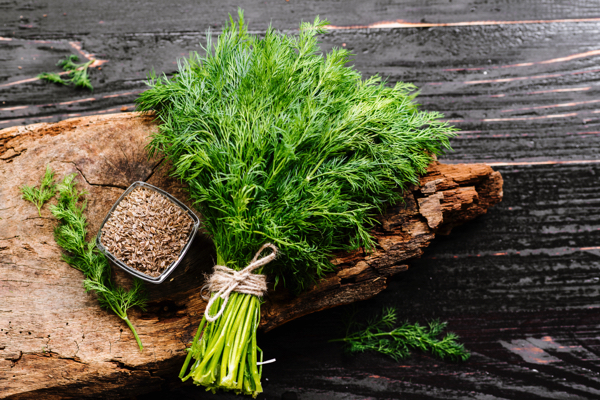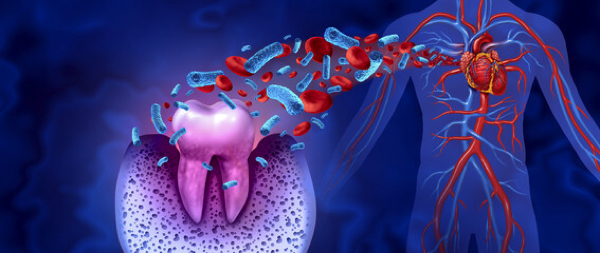Unexpected freshwater bacterium found in ocean reveals hidden land-to-sea highway
10/25/2025 / By Jacob Thomas
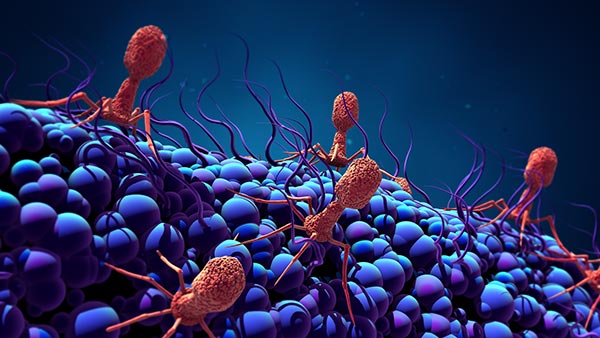
- A new species of freshwater bacterium, Caulobacter inopinatus, was unexpectedly discovered in seawater off the coast of O’ahu, Hawaii.
- This finding is unprecedented, as all other known species in the Caulobacter genus are strictly found in freshwater environments and cannot survive in saltwater.
- Researchers concluded the bacterium was transported from land to the ocean via submarine groundwater discharge, the seepage of fresh groundwater through the seabed.
- The discovery confirms that this groundwater flow acts as a “microbial bridge,” carrying land-based microorganisms into coastal marine ecosystems.
- This finding is significant for tracking how land-based nutrients, contaminants and microbes impact coastal water quality, fisheries and coral reef health.
In a discovery that reads like a microbial mystery, researchers at the University of Hawaii at M?noa have identified a new species of bacteria that shouldn’t exist where it was found, unveiling a hidden pathway connecting Hawaii’s land and sea.
The bacterium, named Caulobacter inopinatus, was unexpectedly discovered in seawater from O’ahu’s south shore. This finding is groundbreaking because it is the first known species from the Caulobacter genus to be isolated from the ocean. Until now, all its known relatives are strictly inhabitants of freshwater lakes and streams.
The discovery began not in a high-tech lab, but in an undergraduate marine microbiology class during a routine demonstration on growing bacteria from seawater. Among the typical colonies, one looked distinctly different, prompting further investigation that confirmed it was a completely new species.
The plot thickened when scientists discovered a major paradox: despite being found in the sea, C. inopinatus cannot survive in salt concentrations typical of seawater. This left researchers with a pressing question: How did a freshwater bacterium end up in the ocean?
The first of its kind: A freshwater bacterium at sea
The answer points to an invisible underwater river. Researchers concluded the bacterium was likely transported from land via submarine groundwater discharge, the natural seepage of fresh groundwater through the seabed and into the coastal ocean. This process is known to carry nutrients and pollutants, but this discovery confirms it also acts as a conduit for land-based microorganisms, effectively creating a microbial bridge between terrestrial and marine worlds.
This finding has profound implications for understanding coastal ecosystem health. Bacteria are crucial players in nutrient cycling and water quality. Tracing their movement helps scientists map the flow of substances from land that can impact fisheries, coral reefs, and the overall vitality of coastal waters.
“Understanding how microbes move between land and sea helps scientists track the flow of nutrients and contaminants that can affect coastal water quality, fisheries and coral reef health, issues that directly impact Hawaii’s communities and economy,” said study co-author and UH M?noa School of Life Sciences Professor Stuart Donachie. “Discoveries like C. inopinatus help us better trace how land-based activities and natural processes influence marine environments at a microscopic level.”
According to BrightU.AI‘s Enoch, the species name, inopinatus, meaning “unexpected” in Latin, perfectly captures the surprise of its discovery and its unusual origin story.
The study is dedicated to the late UH M?noa Earth Sciences Professor Craig Glenn (1954–2024), a pioneer in groundwater discharge research, and Justin Bukunt (1983–2011), whose early work informed this discovery. Their legacy continues to illuminate the complex and hidden connections within Hawaii’s precious ecosystems, proving that even the smallest of creatures can reveal the largest of truths.
Watch this video to learn more about bacteria and other microorganisms.
This video is from Dr. John Bergman D.C.’s channel on Brighteon.com.
Sources include:
Submit a correction >>
Tagged Under:
bacteria, Caulobacter inopinatus, clean water watch, coastal ecosystem, environ, environmental science, freshwater bacterium, freshwater microbes, groundwater, land-sea connection, marine bacteria, marine microbiology, microbial bridge, microbial discovery, new species, nutrient cycling, Ocean, submarine groundwater discharge, water quality
This article may contain statements that reflect the opinion of the author
RECENT NEWS & ARTICLES
COPYRIGHT © 2017 REAL SCIENCE NEWS

